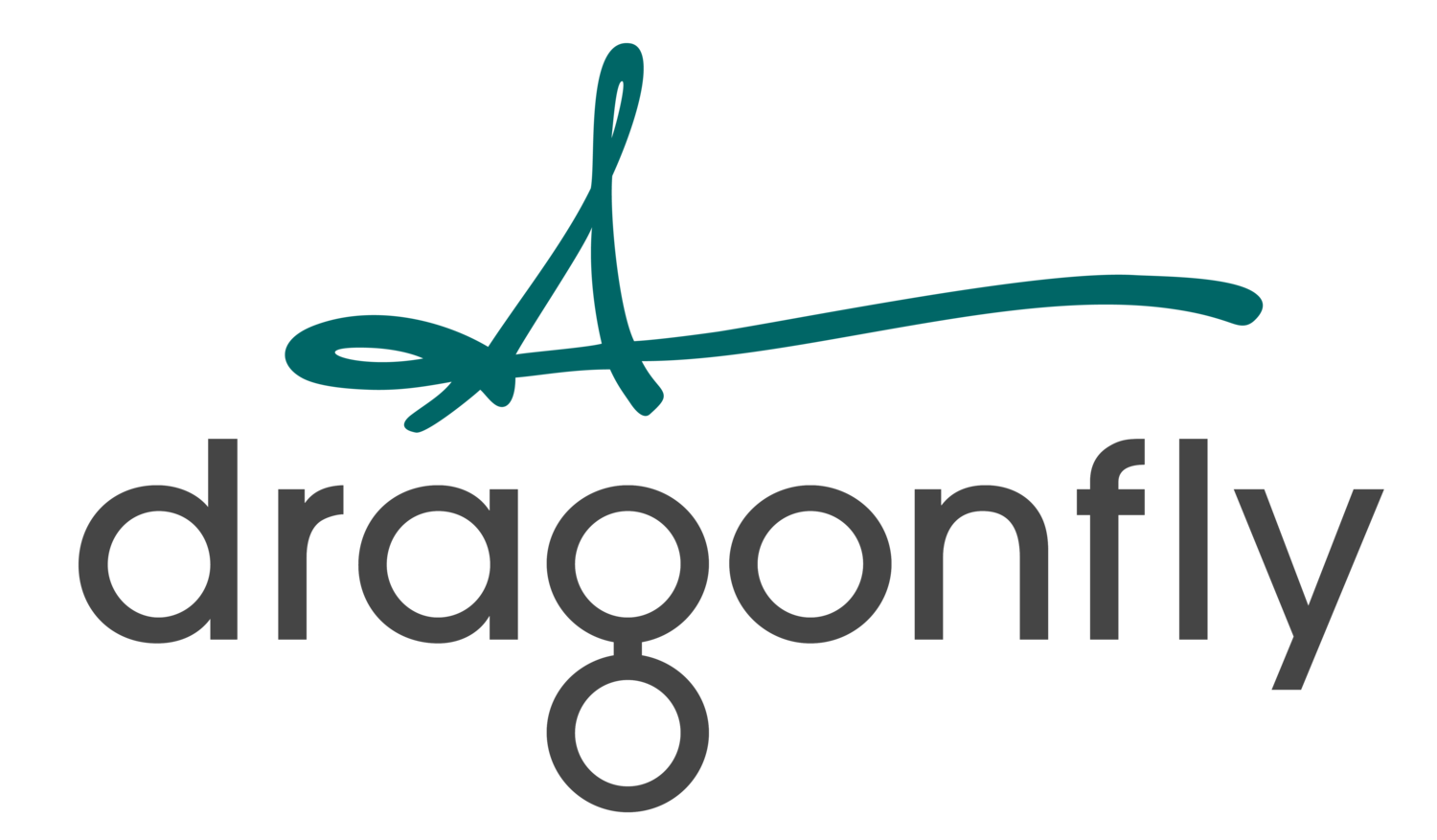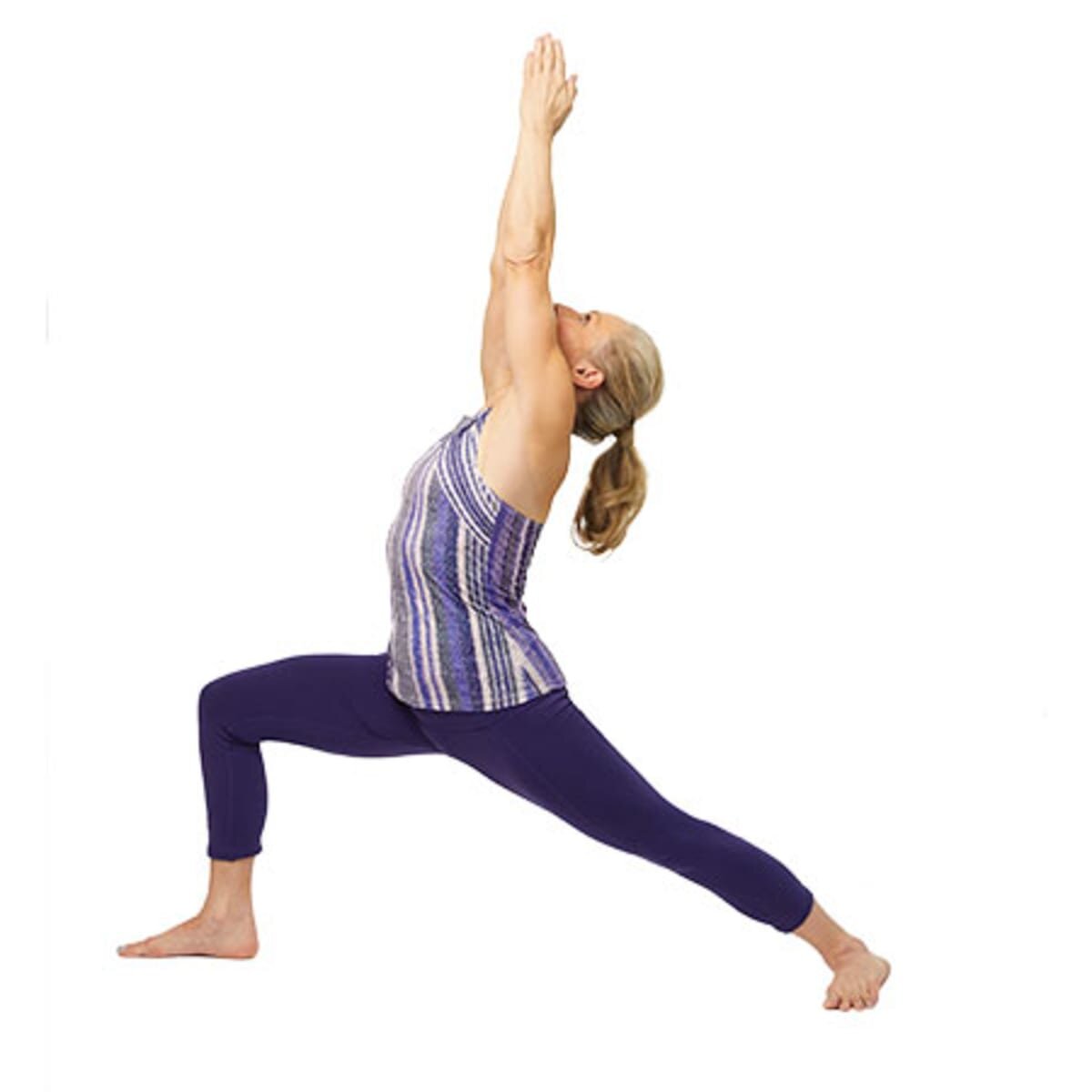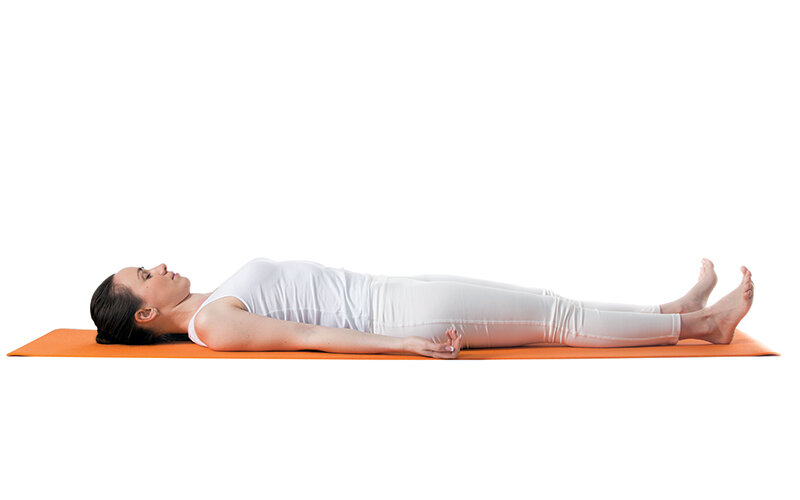Eight week course on Minfulness Based Stress Reduction at Dragonfly
Mindfulness is a mental state achieved by focusing one's awareness on the present moment, while calmly acknowledging and accepting one’s feelings, thoughts, and bodily sensations, used as a therapeutic technique. It is a type of meditation in which you focus on being intensely aware of what you’re sensing and feeling in the moment, without interpretation or judgment. Practising mindfulness involvesbreathing methods, guided imagery, and other practices to relax the body and mind and help reduce stress.
While it can be said that mindfulness is innate, there are a few ways in which one can cultivate mindful practices as well. These are some proven methods- seated, walking, standing and moving meditation or the short pauses we insert in our everyday life. The merging of meditation practice with other activities such as yoga or sports also enhances our mindfulness.
The benefits of mindfulness are immense. When an individual is mindful the amount of stress is minimum, this enhances our performance, gain insight and awareness through observing our own mind and increase our attention to others' well-being.
Mindful meditation gives us time in our lives when we can suspend judgement and unleash our natural curiosity about the working of the mind, approaching our experience with warmth and kindness. Also, Mindfulness-Based Stress Reduction is said to benefit individuals dealing with the following health conditions or problems like ADHD, anxiety, depression, chronic pain, stress, fatigue, anger, headaches, high blood pressure and sleep problems.
There are a few facts about mindfulness which everyone should know.
1. It is not a special added thing that we inculcate. We already have the capacity to be present, and it doesn’t require us to change who we are. But we can cultivate these innate qualities with simple practices that are scientifically demonstrated to benefit ourselves, our loved ones, our friends and neighbours, the people we work with, and the institutions and organizations we take part in.
2. It is nothing obscure or exotic. It is familiar to us because it is something wealready practice yet we don’t realise it. It takes many shapes and goes by many names.
3. You don’t need to change. Solutions that ask us to change who we are or become something we’re not have failed us over and over again. Mindfulness recognizes and cultivates the best of who we are as human beings.
4. Mindfulness practice cultivates universal human qualities and does not require anyone to change their beliefs. Everyone can benefit and it’s easy to learn.
5. It sparks innovation. As we deal with our world’s increasing complexity and uncertainty, mindfulness can lead us to effective, resilient, low-cost responses to seemingly intransigent problems.
Mindfulness helps to deal with stress. It can reduce a lot of your mental pressure and make things clearer for you. When we practice mindfulness we become more aware of our thoughts. We can then step back from them and not take them so literally.
That way, our stress response is not initiated in the first place. We don’t immediately react to a situation. It is because of mindful exercises which prevent us from being impulsive and not rush while acting.
There is a “being mode”; inside every individual. Mindfulness switches us to that. It is associated with relaxation. Our "doing mind" is associated with action and the stress response. When one is mindful, the person becomes more aware and sensitive to the needs of their body. One may notice pain earlier and take appropriate action.
It is difficult to find people who are emotionally intelligent. With mindfulness, we become more aware of the emotions of others. As our emotional intelligence rises, we are less likely to get into conflict. This increases our level of care and compassion for ourselves and others too. This compassionate mind soothes us and inhibits our stress response.
Amygdala is the part of the brain that is central to switching on our stress response.
Mindfulness practice reduces activity in that of our brain called the amygdala. It is so effective that our background level of stress is reduced. We are better able to focus.
We complete our work more efficiently, we have a greater sense of well-being, and this reduces the stress response. Rather than just seeing the negative consequences of feeling stressed, mindfulness offers you the space to think differently about the stress itself. Observing how the increased pressure helps energizes and has a positive effect on our body and mind. Thus, it is very healthy for the human mind and body to practice mindfulness.
This October Dragonfly Yoga Studio is coming up with eight week course on, “Mindfulness Based Stress Reduction”.
The 8 week course in Mindfulness based stress reduction is a well-researched program developed to alleviate a wide range of health needs, including chronic pain, anxiety and depression as well as enhancing general wellbeing and engagement.
The course will be held on a weekly basis on Tuesday evenings. The course includes daily meditation and activities that can be incorporated into daily life as part of the home practise. A practise day will be held near the end of the course to help students integrate the course’s primary practises.
It’s a rich, dynamic course that has proven to be quite beneficial to a large number of people.
Here is the link for the application form: https://docs.google.com/document/d/1fnWwtWI4VfX_0z6M9SM4TbY9NLPjWCb5CzGB0JR2 RlQ/edit .
If you have any doubt or any question regarding the course please feel free to contact us.
We are always happy to help.
Nida Zakaria












